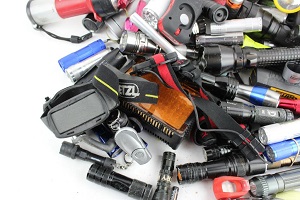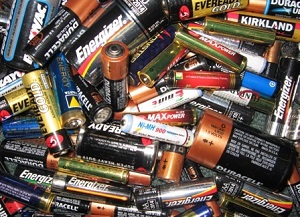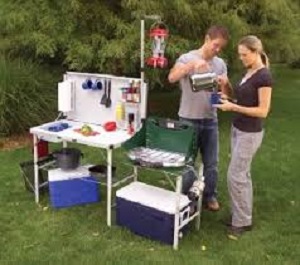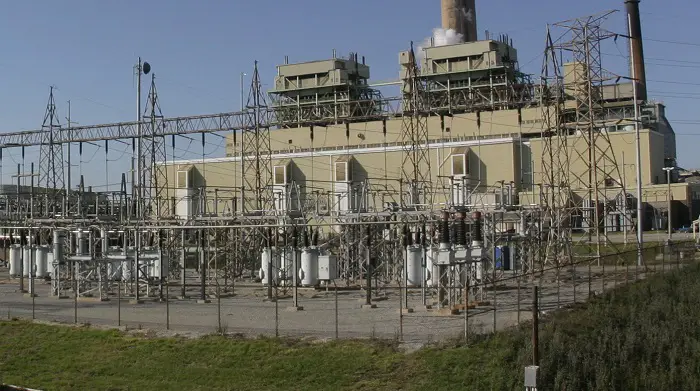Enter your text here…
The power grid. It’s something that all of us use, rely, and depend on. It’s an amazing powerful tool, but as great as it is, it’s time to acknowledge the fact that it isn’t perfect. The United States’ power grid is getting older and older, and it’s not immune to foreign or stateside attacks. If and when the power shuts off and the lights go down, you’ll need to know what to do. As such, it’s important to know how you should be preparing for a power grid failure.
According to USA Today, it’s being reported that “About once every four days, part of the nation’s power grid — a system show failure could leave millions in the dark — is struck by a cyber or physical attack.” It’s going to be sooner rather than later before one of those attacks does some serious damage, and when it does, you’ll need to know what to do.
Whether you have a small idea or no clue at all how to prepare for a fateful day like this, this guide will teach you 4 main things that you should do in order to be ready for that inventible day.
1. Keep plenty of lights with you
When the power grid goes out, one of the major things that we’ll lose is lighting. This means that lamps, overhead lights, and more, all throughout your home and other buildings will shut off and unable to turn back on. This won’t be that big of an issue during the day, but when nighttime comes, you’ll need a way to see your surroundings.

In order to do so, make sure you stock up on any sort of light source that doesn’t require electricity. Flashlights are the most common go-to solution for this, and while it might seem like a no-brainer, you shouldn’t ever underestimate the power of a trusty flashlight. They come in numerous sizes, and brightness levels, and it’s a good idea to have a solid mix of different options.
Once you’ve got your flashlights, make sure you’ve got them positioned in key areas that you’ll need to go to and interact with. For example, having a flashlight in every room of your house will ensure that you can see all rooms without needing to move flashlights all over the area. Having a light for your car will provide for extra light when you need to drive, and even keeping a tiny light on your pocket or keyring can make a big difference as well.
2. Once you have lights, stock up on batteries!
Having flashlights is one thing, but they won’t do you any good once their batteries run out of juice. Because of this, you’ll want to make sure that you have plenty of these little suckers at your disposal to keep the lights on for as long as possible.

This is a key detail that a lot of people often overlook when figuring out how to prepare for a power grid failure, and it’s a shame because it’s also one of the most important ones.
Most flashlights use either AA or AAA sizes, and these are incredibly common and easy to find at any store or online site. Better yet, AA batteries that last between 10 and 20-years are becoming more and more commonplace with every day that passes. You’re going to have to pay a bit more money for these longer-lasting units, but when that power grid goes down for whatever reason, you’re going to be happy you spent the few extra dollars.
3. Ensure that you’ve got a healthy supply of water
Water is the most important thing for our bodies, and as such, it’s critical that you have an ample amount of H2O during a power outage. There have been a ton of US power grid problems, and once these add up and become too much for the system to handle, you’ll be out of working and running water.
If things start to get bleak and it looks like an outage will be coming soon, we suggest that you fill up any bathtubs or sinks before that power does go out. Having all of this extra water beforehand will be great to have, and as for your toilet, you’ll want to make sure that you’re only flushing when absolutely necessary.
Having water bottles that you can refill is always a good idea, but along with this, it’s also smart to stock up on bottled water to have even more at your disposal for drinking and other use cases. However, when stocking up on bottled liquid, make sure that you keep in mind when you bought it and how long it’s been sitting still. It’s possible for store-bought water to go stale after too long, so it’s a good idea to rotate your storage as often as necessary.
4. Have tools you can use to cook food
While people often remember to stock up on food when preparing for a power outage, they often forget to have the necessary tools to cook certain foods that don’t require any sort of electricity.

Using a camp fire is one of the most common sources of heat that people use to cook food, but along with this, also keep a grill on-hand with charcoal and lighter fluid.
A grill can be used to cook all sorts of meats and other foods, and it’s invaluable during a power outage.
In addition to this, a small gas-powered stove can also be a great tool if you already own one or have the funds to purchase one.
Final Thoughts
Preparing for a power grid failure isn’t necessarily a happy ordeal, but it’s something that’s incredibly important. Nobody wants the power to go out, but when it does, it’s better to be prepared than not. Although there are definitely other steps you can take to ensure that you’re well-equipped if everything shuts off, these are the four most critical things that every prepper should be aware of.

